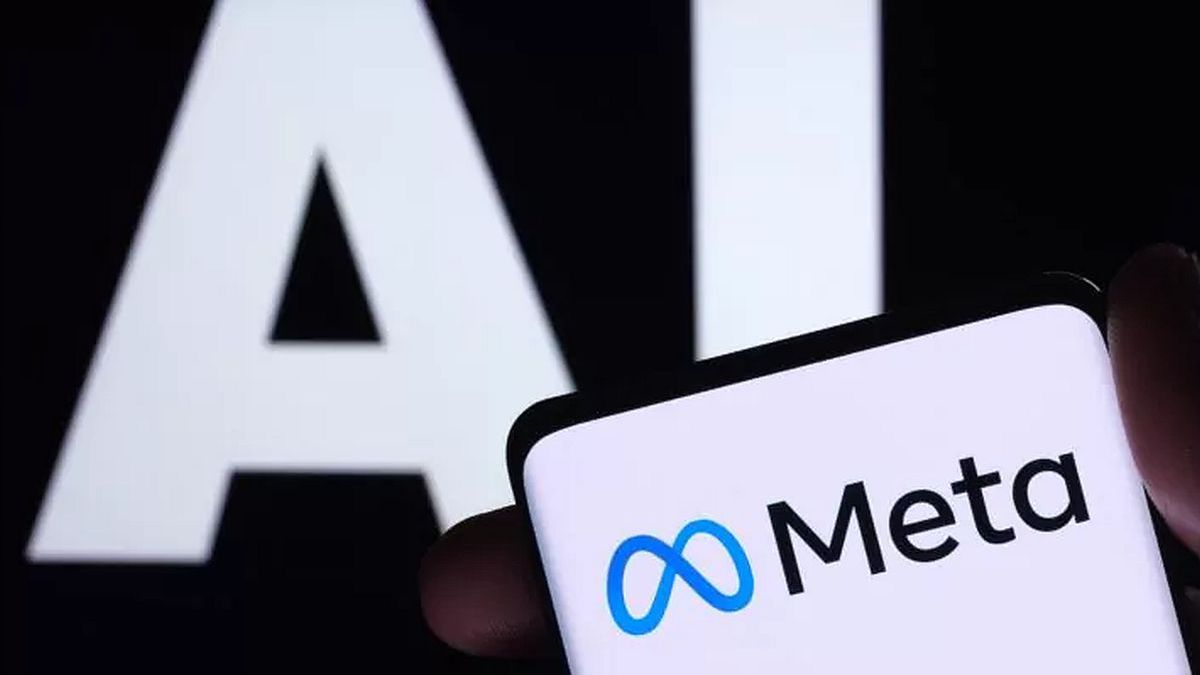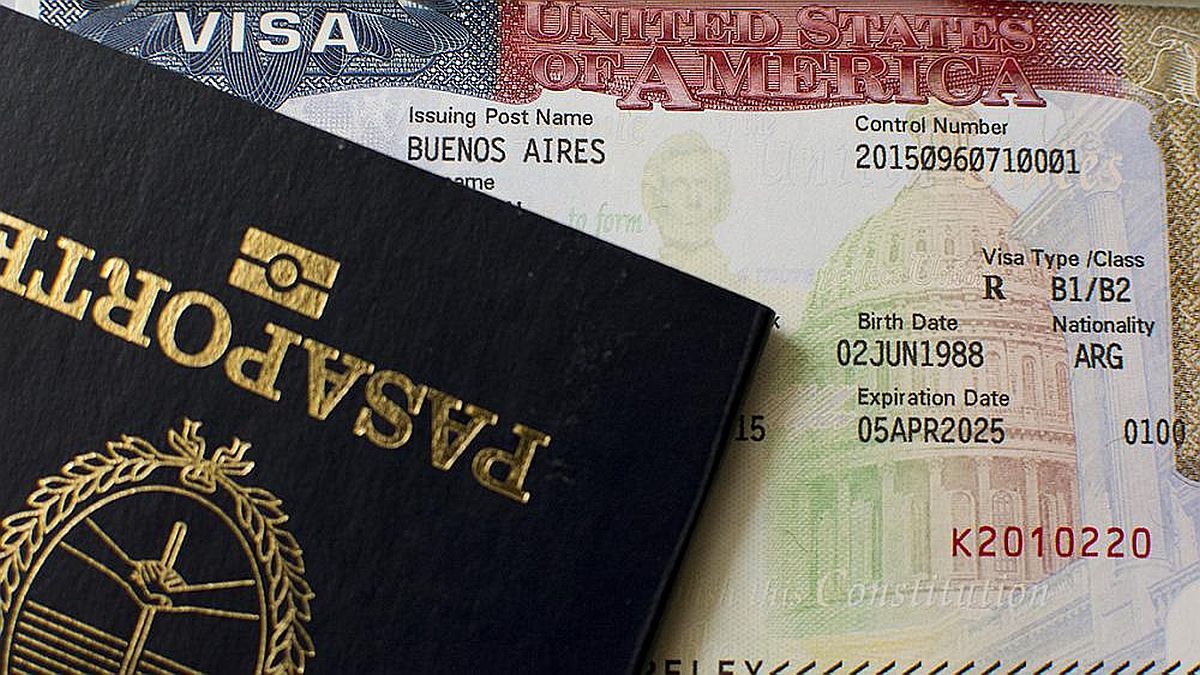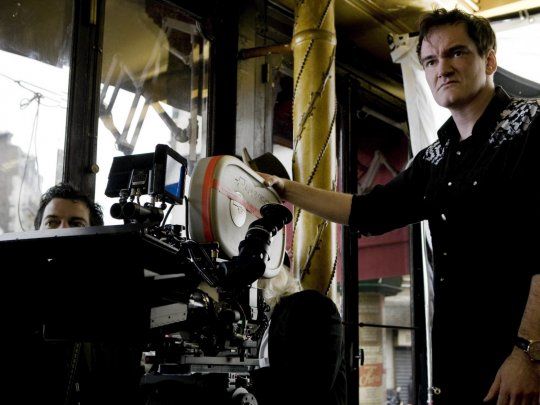Your most important task is a stable euro. But the fight against high inflation, as it is now, has not been the only challenge for the European Central Bank in 25 years.
Financial crisis, debt crisis, corona crisis: In the 25 years of its existence, the European Central Bank (ECB) has often been challenged. Persistently high inflation is currently keeping the guardians of the euro in suspense. This Wednesday (6 p.m.), leading politicians will look back on the work of the politically independent central bank at a ceremony in Frankfurt. Among others, Federal Chancellor Olaf Scholz (SPD), EU Commission President Ursula von der Leyen, the President of the EU Parliament, Roberta Metsola, and EU Council President Charles Michel are expected at the ECB premises.
The ECB started its work on June 1, 1998. On January 1, 1999, the age of the euro began for 11 of the then 15 member states of the European Union: The European common currency was initially used electronically as a settlement currency alongside the D-Mark, Lira, Schilling and Co. On January 1, 2002, these national currencies disappeared , the euro was brought into circulation in notes and coins. Today, the common currency is the official means of payment for more than 346 million people in 20 EU countries.
Trichet: “We only have a needle in the compass”
“Our most important task is to ensure price stability. We do this by ensuring that inflation remains low, stable and predictable,” writes the ECB about itself. Former ECB President Jean-Claude Trichet used it to bring the common denominator: “We only have a needle in the compass. We have to guarantee price stability.” According to the most recent definition, the central bank has achieved its goal of stable prices in the medium term with an inflation rate of two percent in the euro area.
Because this mark has been miles away for months, the monetary watchdogs have been counteracting this with a series of interest rate hikes since the summer of 2022. Higher interest rates make loans more expensive, which can curb demand and counteract high inflation rates. Usually every six weeks, the Governing Council of the ECB decides how to proceed with key interest rates in the euro area. Representatives of the national central banks – including Bundesbank President Joachim Nagel – will be sitting at the table.
The euro notes should also be and remain reliable, which is why experts from the ECB and the national central banks are constantly working on how the common banknotes can be made even more secure so that counterfeiters have less success.
Uniform rules for more robustness
The financial crisis of 2007/2008 gave the ECB another important task: since November 2014, the central bank has been directly monitoring the largest banks in the euro area. Uniform rules should make the banking system in Europe more robust. The most recent list of banks covered by ECB supervision includes 110 institutions, which account for a good 80 percent of the market in these countries.
The ECB has had three presidents since its inception: Dutchman Wim Duisenberg (June 1, 1998 – October 31, 2003), Frenchman Jean-Claude Trichet (November 1, 2003 – October 31, 2011) and Italian Mario Draghi (January 1, 2003 – October 31, 2011). November 2011 – October 31, 2019). Since November 1, 2019, a woman has headed the central bank for the first time: France’s Christine Lagarde.
Source: Stern




